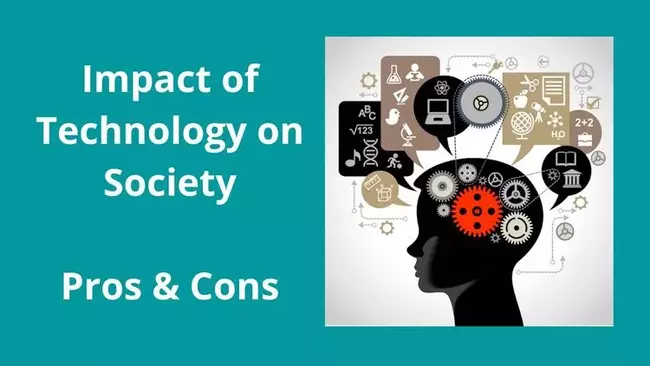Technology has undeniably revolutionized the way we live and learn. In the realm of education, it has brought about a myriad of opportunities and advancements. However, with the rapid integration of technology into classrooms and learning environments, concerns are emerging about the potential negative impact of technology on education. This article delves into the various ways technology overload can adversely affect the educational experience of students and educators alike.
Table of Contents
The Technological Onslaught
The influx of negative impact of technology on education has been relentless and all-encompassing. From interactive whiteboards and tablets to online learning platforms and virtual classrooms, educational institutions are embracing digital tools to stay ahead in the digital age. While this incorporation of technology promises enhanced accessibility and engagement, it also ushers in the risk of tech overload, leading to unforeseen drawbacks that warrant careful consideration.
Disconnecting the Learner’s negative impact of technology on education
Ironically, the abundance of negative impact of technology on education settings can create a disconnect between learners and their studies. With an overemphasis on gadgets and screens, students might become detached from face-to-face interactions and traditional learning experiences. This detachment may inhibit their ability to build essential social skills and interpersonal relationships, which are crucial for personal development.
Attention Span Deterioration
One of the most concerning aspects of technology overload is its adverse effect on students’ attention spans. The constant exposure to digital devices, with their myriad distractions, can lead to decreased focus and reduced capacity for sustained concentration. As a result, students may struggle to retain information or engage deeply with complex subjects, hindering their overall learning progress.
Plagiarism and Cheating Epidemic
The accessibility of information through technology has given rise to a significant challenge for educators: the increase in plagiarism and academic dishonesty. With a few clicks, students can access vast amounts of data, making it tempting for some to copy and paste without proper attribution. This not only compromises the integrity of the educational system but also inhibits students’ creativity and critical thinking skills.
Mental Health Toll
The constant exposure to screens and online interactions can take a toll on students’ mental health. Technology overload has been linked to issues such as digital addiction, anxiety, and depression. The pressure to keep up with the fast-paced digital world and the isolation caused by excessive screen time can lead to emotional distress and hinder students’ overall well-being.
Loss of Real-World Skills
Technology’s omnipresence in education might lead to a reduced emphasis on teaching essential real-world skills. As students increasingly rely on digital tools for tasks like calculations, writing, and research, their proficiency in fundamental skills such as handwriting, critical thinking, and problem-solving may decline, and negative impact of technology on education.
Inequity in Access
While technology offers numerous advantages, it also exacerbates educational inequity. Not all students have equal access to digital resources or high-speed internet, leading to a digital divide that disproportionately affects disadvantaged communities. This disparity in access to technology further widens the education gap and hampers the academic prospects of marginalized students.
Teacher Burnout and Training
The integration of technology into the classroom demands that educators adapt their teaching methods and become proficient in using various digital tools. However, insufficient training and support can lead to teacher burnout and a reluctance to embrace technology effectively. This lack of preparedness may hinder the potential benefits of exacerbating the negative impact of technology on education.
Loss of Human Touch
The human element in education is indispensable for fostering a nurturing and supportive learning environment. Technology overload can inadvertently diminish this human touch by reducing face-to-face interactions and genuine teacher-student connections. This absence of personal touch may hinder students’ emotional growth and impede the development of a positive learning atmosphere.
Striking a Balance negative impact of technology on education
While the negative impact of technology on education is evident, it is essential to recognize that technology itself is not the culprit; rather, it’s the excessive and improper use that causes harm. Striking a balance between technology integration and traditional teaching methods is crucial to mitigate the negative effects. Educators must adopt a mindful approach, using technology strategically to augment learning rather than replacing essential aspects of education.
Conclusion – the negative impact of technology on education
In conclusion, the pervasive integration of technology in education has ushered in an era of unprecedented possibilities and challenges. While technology has the potential to enhance learning experiences, its excessive and misaligned use can lead to a host of negative consequences. From diminishing attention spans to fostering academic dishonesty, the negative impact of technology on education cannot be ignored. However, with thoughtful planning, adequate teacher training, and a focus on striking a balance between technology and traditional methods, we can navigate these challenges and harness technology’s potential for positive change in education. Let us embrace technology mindfully, keeping in mind its limitations and the importance of preserving the human touch in the educational journey.
Learn about: Discover the transformative effects – Explore the impact of technology on society and shape a brighter future together.










